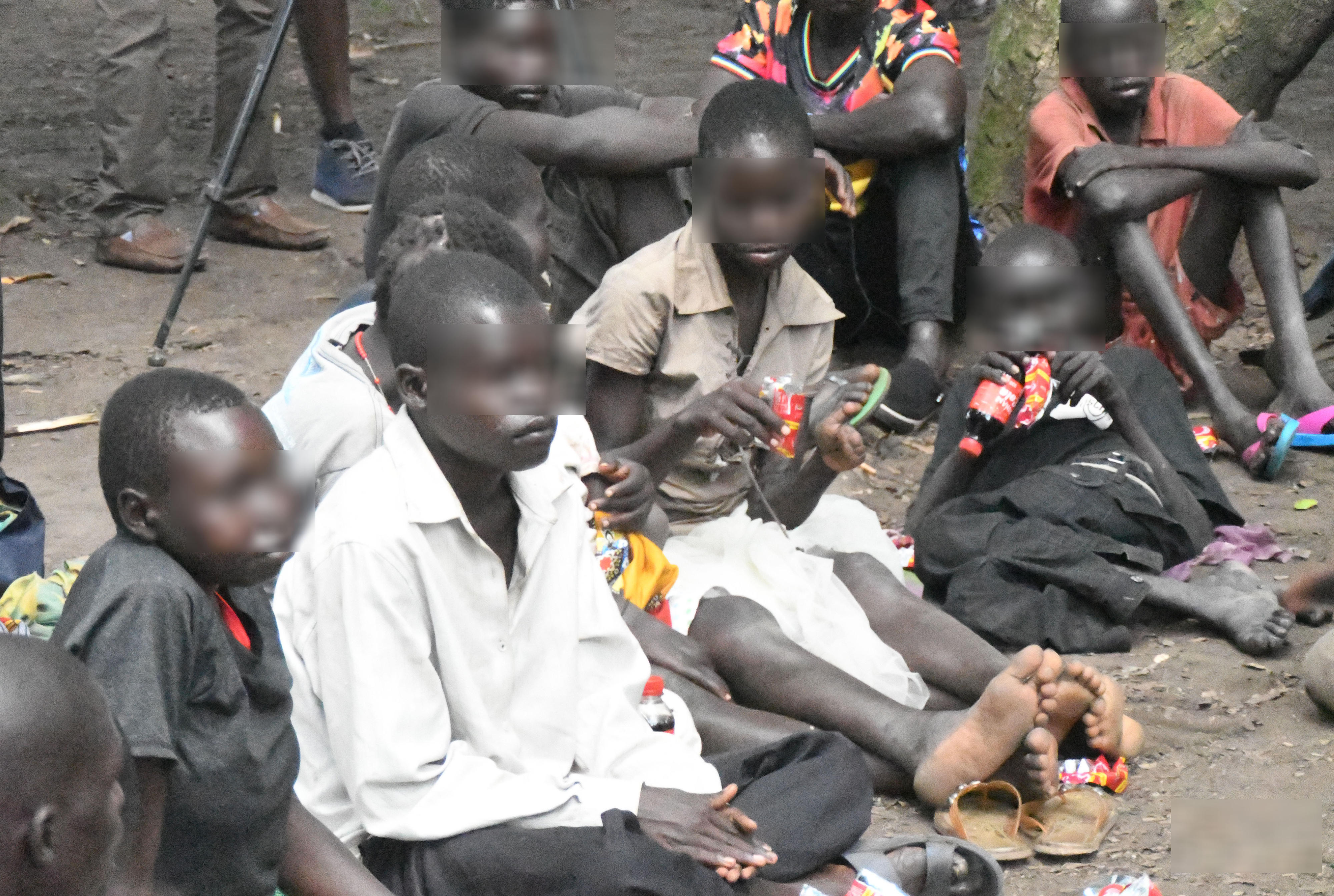Prime
Parish development model and its opportunities

Ronald M. Kasyaba
What you need to know:
- In effect, if successfully implemented, the PDM will increase household incomes and improve quality of life of Ugandans resulting in a total transformation of the subsistence households into the money economy, significantly reducing poverty and vulnerability in the country.
The Parish Development Model (PDM) is intended to be an extension of the whole-of-government approach to development—and is founded on a parish, as the lowest administrative and operational hub for delivering services closer to the people and is intended to ultimately ensure the transformation of the subsistence households into the money economy.
In effect, if successfully implemented, the PDM will increase household incomes and improve quality of life of Ugandans resulting in a total transformation of the subsistence households into the money economy, significantly reducing poverty and vulnerability in the country.
According to the Uganda National Household Survey 2019/20, the number of people living in poverty has increased from 6.7 million in 2012/13 to 8.3 million in 2019/20—with corresponding proportionate increase in poverty levels among urban residents, moreover the National Health Accounts, 2017, indicate that households’ Out-of-Pocket (OOP) expenditure on health constitutes 41 per cent of total health expenditure, way above the 20 per cent ceiling recommended for adequate household financial protection and that three per cent (an equivalent of 1,500,000 people annually) of the population is thrown into poverty due to OOP payments.
Spending on health by households—directly through OOP payments and indirectly through loss or disruption of revenue streams through sickness and disability, is therefore a significant impediment to sustainable improvements in household incomes and will derail the aspirations of PDM.
The PDM, through three of the seven pillars—namely Social Services, mindset change, community mobilisation and cross cutting issues (such as gender, environment, disability) and parish based management information system, have the potential and are opportunities to, among other community level disease prevention and health promotional initiatives, also mobilise and pool financial resources at parish level to generate additional financial resources for health, cross-subsidize and insulate households from catastrophic health expenditure.
The mobilisation and pooling of resources should be consistent and aligned to the community health financing approaches in the soon-to-be assented National Health Insurance Scheme (NHSI) Bill.
The anticipated provision by government of parish-level social services infrastructure—such as construction and equipment of health facilities, or functionalisation of Village Health Teams will not “place more money” in the household coffers—if they have to spend their meagre savings from agriculture on health.
A contributory financing mechanism—leveraging the structure and systems of the parish committees and the district and national systems should facilitate and avail more resources for health care.
The Parish Based Management Information System (PBMIS)—the integrated system that seeks to support community profiling, data collection, analysis, tabulation, storage and dissemination at the Parish level should also be integrated with the current existing community health information systems—which may be leveraged to improve Birth and Death Registration at community level and the interactions between district health services and civil registration and vital statistics can be enhanced through interoperability between these systems, whereby civil registration services are comprehensively and consistently linked to health and other government services for mutual benefit.
Civil registration and vital statistics systems generate sufficiently reliable data representative for public health policy and planning purposes. This will in turn facilitate allocative efficiency for health services by the districts.
And finally, the pillar for mindset change and community mobilisation, which will focus on the adoption of the right way of thinking and opinions for public sector officials, private sector players and the communities and will be integrated with community mobilization with attentiveness to crosscutting issues, should facilitate equitable utilisation of health services.
During the colonial and immediate post-colonial era the PDM-like approaches were valuable in using village structures, to register births and deaths and ensure maintainace of public health and would mobilize communities in cases of epidemics and can therefore be a critical opportunity to improve health.
Dr Ronald M. Kasyaba is the assistant Executive Secretary, Uganda Catholic Medical Bureau.
Kampala




